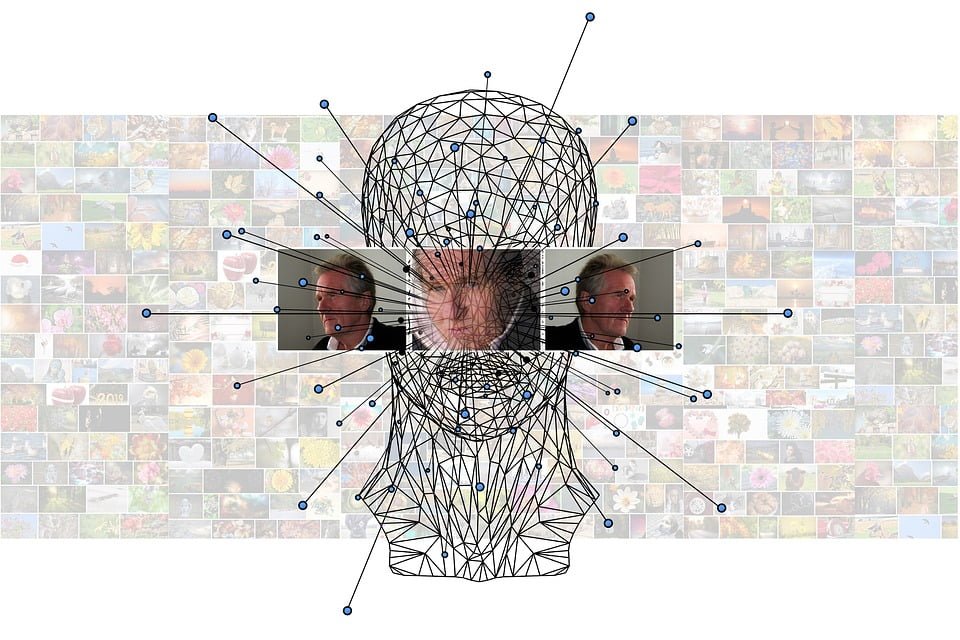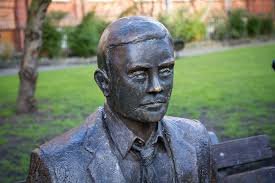
Deep Learning is part of machine learning. It is inspired by the structure and function of the brain. The similar structure of the brain called artificial neural networks in computers. Deep learning is a machine learning technique. It teaches humans to do it naturally to computers: Learn for example. Deep learning is an important technique behind driverless cars, which enables them to identify stop sign or separate the pedestrian from a lamppost.
It is the key to voice control in consumer devices such as phones, tablets, TVs and hands-free speakers. Deep learning is getting a lot of attention lately and for good reason. The results obtained before it was not possible. In deep learning, a computer model learns to do classification tasks directly with images, text or sound. Deep learning models can achieve state-of-the-art accuracy, sometimes more than human-level performance. Models are trained using a large set of labelled layers and neural network architecture.
How do you get such effective results?

In a word, accuracy. Deep learning recognition accuracy has become a higher level than before. It helps consumer electronics meet the user’s expectations, and it is important for safety-critical applications like self-driving cars. Recent advances in deep learning have improved at that point where deep education improves human in some tasks, such as classifying objects in objects.
When first in the 1980s, when deep instruction was given, there were two main reasons which have been useful recently:
Deep learning requires large amounts of label data. For example, millions of images and thousands of hours of video are required for carless driver development.
Deep learning requires sufficient computing power. The high-performance GPU has a parallel architecture that is efficient for deep learning. When connected with cluster or cloud computing, it enables development teams to reduce training time to lessen a deep learning network to reduce the time of week or hour.
Introduction to Intensive Study with MATLAB
Deep learning with MATLAB (eBook)
Some famous MATLAB eBook
1. Numerical Computing with Matlab
Author: by Cleve B. Moler
Publisher: SIAM, 2004
Author: Cleve B. Moler
Publisher: SIAM, 2008
3. Physical Modeling in MATLAB
Author: Allen Downey
Publisher: Green Tea Press, 2008
Publisher: Wikibooks, 2012
5. Digital Signal Processing Using MATLAB for Students and Researchers
Author: John W. Leis
Publisher: Wiley
Examples of intensive learning in work
The Deep Learning app is used in industries ranging from automatic driving to medical devices.
Automated driving: Automotive researchers are using deep learning to automatically detect items like stop signs and traffic light. Apart from this, deep learning is used to find pedestrians, which helps in reducing accidents.
Aerospace and Défense: Deep learning is used to identify objects from those satellites that detect areas of interest, and identify safe or unsafe areas for soldiers.
Medical Research: Cancer researchers are using deep learning to automatically detect cancer cells. The teams in UCLA have developed an advanced microscope, which uses a high-end data set to train an intensive learning application to correctly identify cancer cells.
Industrial Automation: Deep learning is helping automate the safety of workers around heavy machinery to find out when people or objects are within the insecure distance of machines.
Electronics: Intensive learning is being used in automatic learning and speech translation. For example, Home Assistance Tools that respond to your voice and know that your preferences are driven by intensive learning applications.
How Deep Learning Works
Most intensive learning methods use neural network architecture, which is why deep learning models are often referred to as deep neural networks.
The word “deep” usually refers to the number of layers hidden in the neural network. There are only 2-3 hidden layers in the traditional nerve network, whereas deep networks can have as many as 150.
The Deep Learning model is trained by using labelled data and large sets of neural network architecture that learn characteristics directly from the data without the need for manual extraction.
One of the most popular types of deep neural networks is known as a firm neural network (CNN or ConvNet). One CNN understands the characteristics learned with input data and uses 2D conditional layers so that this architecture is well suited for 2D data processing, such as the picture.
CNN eliminates the need for manual extraction, so you do not need to identify the features used to classify the images. CNN works by removing features directly from images. The relevant features are not pretended; They learn, while the network trains on the collection of images. This automated feature extraction makes the deep learning model highly accurate for computer classification tasks such as object classification.
CNN uses tens or hundreds of hidden layers to learn the different features of the image. Each hidden layer enhances the complexity of the image captured. For example, the first hidden layer can learn to find the edges, and the last lesson learns how to detect more complex shapes, especially the shape of the object that we are trying to identify.
What is the difference between machine learning and deep learning?

A deep learning machine is a special form of learning. A machine learning workflow starts with the relevant features that are removed manually from the images. Features are then used to create a model that classifies the objects in the image. With a deep learning workflow, relevant features are automatically pulled from the images. In addition, deep education performs “end-to-end learning” – where a network is given a task for raw data and performance, such as classification, and learns how to do it automatically is.
Another important difference is the Deep Learning algorithm scale with data, while shallow learning converts. When you add more examples and training data to the network, the Shell Learning Machine refers to teaching methods that plateau at a certain level of performance.
One of the major benefits of Deep Learning Network is that they often improve as your data size increases.
In machine learning, you manually select the features and a classifier to sort images. With deeper education, feature extraction and modelling steps are automated.
Object Recognition: Deep Learning and Machine Learning for Computer Vision (26:57)
Introduction to Deep Learning: What is the Neurological Neural Networks? (04:44)
Selection between machine learning and deep learning
Machine Learning offers a variety of techniques and models, which you can choose depending on your application, the size of the data you are processing and the problem you want to solve. To train a successful intensive learning app model, as well as GPU or graphics processing units, a large amount of data (thousands of images) is required to process your data faster.
When choosing between machine learning and deep learning, consider whether you have high-performance GPUs and lots of labels data. If you do not have any of those things, then it can be more sensible to use machine learning instead of learning deeper. Deep learning is usually more complex, so you will need at least a few thousand images to get reliable results. Being a high-performance GPU means that the model will take less time to analyse all those images.
Find Jobs in Deep Learning

The good news is that basically everyone is hiring people who understand deep learning.
You probably want to see all the common places: Magazine “who’s Hearing” thread on AngelList, Hacker News, Stack Overflow Jobs Board, and dozens of general-purpose job search sites.
One of the few jobs boards specializing in DL positions is found on Deeplearning.net, and there is a more general machine learning jobs board for Keeling.
These are definitely great points. Most companies are not interested in establishing HR hoops for applicants in search of DL / ML talent.
Written By Piyush Soam



I believe there are many more pleasurable opportunities ahead for individuals that looked at your site. Thank you for sharing
It’s good and comprehensive content of deep learning .